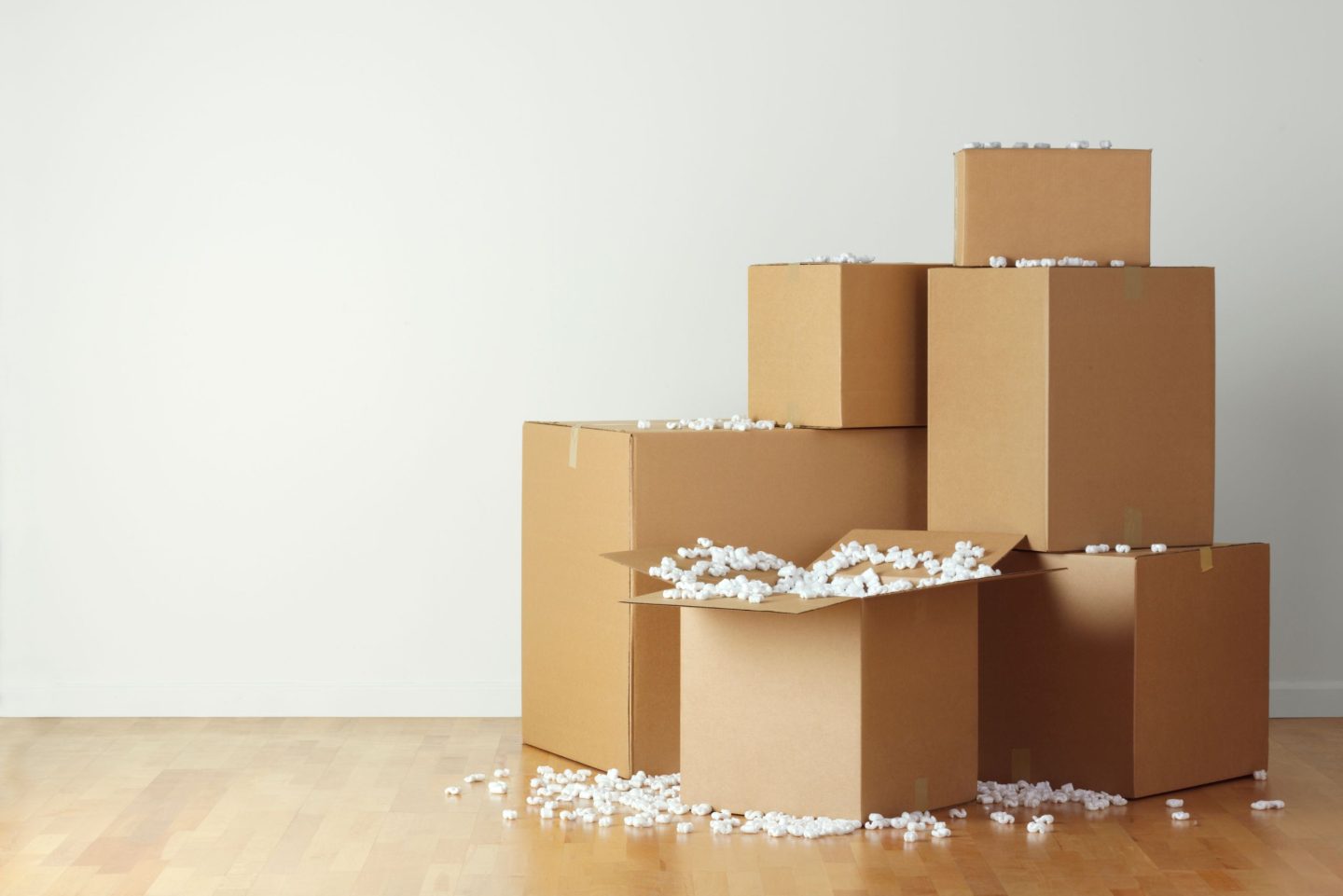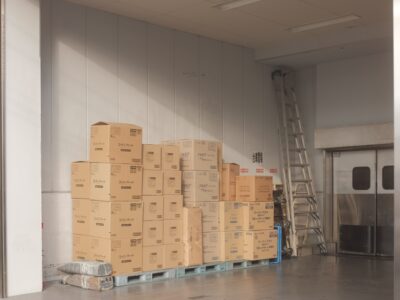
In the realm of storage solutions, the importance of proper packing cannot be overstated. Whether you’re stowing away seasonal items, decluttering your home, or preparing for a move, mastering the art of professional box packing is essential for ensuring the safety and longevity of your belongings. In this comprehensive guide, we’ll delve into the key principles and techniques for packing boxes with efficiency and care, ensuring a smooth storage experience from start to finish.
Understanding Your Storage Needs
Before embarking on your packing journey, it’s crucial to take stock of your storage requirements. Assess the items you plan to store and consider their fragility, size, and quantity. Additionally, estimating the quantity of packing supplies needed, such as boxes, tape, bubble wrap, and packing paper, will ensure you’re adequately prepared for the task ahead.
Choosing the Right Box for Your Items
Selecting the appropriate box size is crucial for ensuring the safety and efficiency of your packing endeavour. Different items require different types of boxes to provide adequate protection and organisation during storage. Here’s a breakdown of which box size to choose for various types of items:
Small Boxes
Small boxes are ideal for packing heavy items such as books, canned goods, or small appliances. Their compact size makes them easy to lift and stack, reducing the risk of strain or injury during packing and transport. Additionally, small boxes are well-suited for storing fragile items that require extra cushioning, such as glassware or ceramics.
Medium Boxes
Medium boxes strike a balance between size and versatility, making them suitable for a wide range of items. Use medium boxes for packing clothing, linens, shoes, and other lightweight items. They’re also ideal for packing medium-sized appliances, kitchenware, and electronics.
Large Boxes
Large boxes are best reserved for bulky items that don’t fit comfortably in smaller boxes. Use large boxes for packing bedding, pillows, blankets, and oversized clothing items. They’re also suitable for packing large appliances, lampshades, and other bulky household items. Keep in mind that large boxes can become heavy when fully packed, so exercise caution and use proper lifting techniques during packing and transport.
Specialty Boxes
In addition to standard cardboard boxes, consider investing in specialty boxes designed to accommodate specific items. For example, wardrobe boxes feature a built-in hanging rod, making them ideal for transporting clothing on hangers without the need for folding or packing. Similarly, book boxes are specially designed to withstand the weight of heavy books, preventing damage to both the books and the box during transport.
Essential Packing Supplies
Equipping yourself with the right tools is fundamental to successful packing. Once you have chosen your boxes, invest in packing tape and dispensers to securely seal the boxes, preventing any potential mishaps during transit or storage. Additionally, stock up on protective materials such as bubble wrap, packing paper, and foam peanuts to cushion fragile items and prevent breakages. Finally, don’t forget labels, markers, and inventory lists to keep track of your packed boxes and streamline the unpacking process.
Packing Techniques for Efficiency and Safety
Efficient packing begins with proper organisation. Before packing, take the time to sort and categorise your items, grouping similar items together to streamline the process. When wrapping delicate items, ensure they are securely encased in protective materials to guard against damage. Avoid overpacking boxes, as this can lead to strain on the box and potential breakages. Lastly, utilise proper lifting techniques to safeguard yourself from injury, lifting with your legs rather than your back.
Best Practices for Labelling and Inventory
Clear labelling is key to an organised storage system. Label each box accurately, including a brief description of its contents and any handling instructions. Develop a systematic approach to categorisation and inventory, whether it be by room, item type, or priority level. Consider creating a master list to keep track of all packed items, facilitating easy retrieval when needed.
Stacking and Arranging Boxes in Storage
Maximising space and accessibility within your storage unit is paramount. When stacking boxes, place heavier items at the bottom to prevent crushing lighter items below. Leave clear pathways for easy access to your belongings, avoiding haphazard arrangements that may impede retrieval. Consider investing in shelving units or pallets to further optimise your storage space and maintain organisation.
Environmental Considerations
Protecting your belongings from environmental factors is crucial, especially for sensitive items. Opt for climate-controlled storage units to regulate temperature and humidity levels, safeguarding against mould, mildew, and other moisture-related issues. Take precautions against pests by sealing boxes tightly and avoiding the storage of food items. Additionally, periodically check your storage unit for any signs of damage or intrusion, ensuring the continued safety of your belongings.
Special Considerations for Fragile and Valuable Items
Certain items require extra care and attention during packing. Artwork, antiques, electronics, and other valuables should be packed using specialised materials to prevent damage. Invest in sturdy boxes, foam inserts, and bubble wrap to cushion fragile items and minimise the risk of breakages. If in doubt, consult with professionals for expert advice on packing and storing high-value items.
Tips for Unpacking and Retrieval
When it comes time to unpack your stored belongings, approach the task with the same care and organisation as packing. Handle boxes with care during transit to avoid damage to packed items. Unpack systematically, starting with essential items and prioritising according to your needs. As you unpack, reassess your storage needs and make any necessary adjustments to ensure optimal organisation.
Conclusion
Mastering the art of professional box packing is a skill that can streamline the storage process and safeguard your belongings for years to come. By following the principles outlined in this guide, you can pack boxes with efficiency, care, and confidence, ensuring a smooth storage experience from start to finish. Remember to assess your storage needs, equip yourself with the right tools, and employ best practices for packing, labelling, and organisation. With these tips in hand, you’ll be well on your way to becoming a storage packing pro. Happy packing!
If you’d rather leave the packing to professionals, Store in London has you covered. Our comprehensive service encompasses everything from packing and loading to storing and return, all customised to suit your specific requirements. Plus, enjoy the very best prices for top-notch service. Contact us today or book your storage unit directly on our website to experience the convenience and peace of mind we offer.







